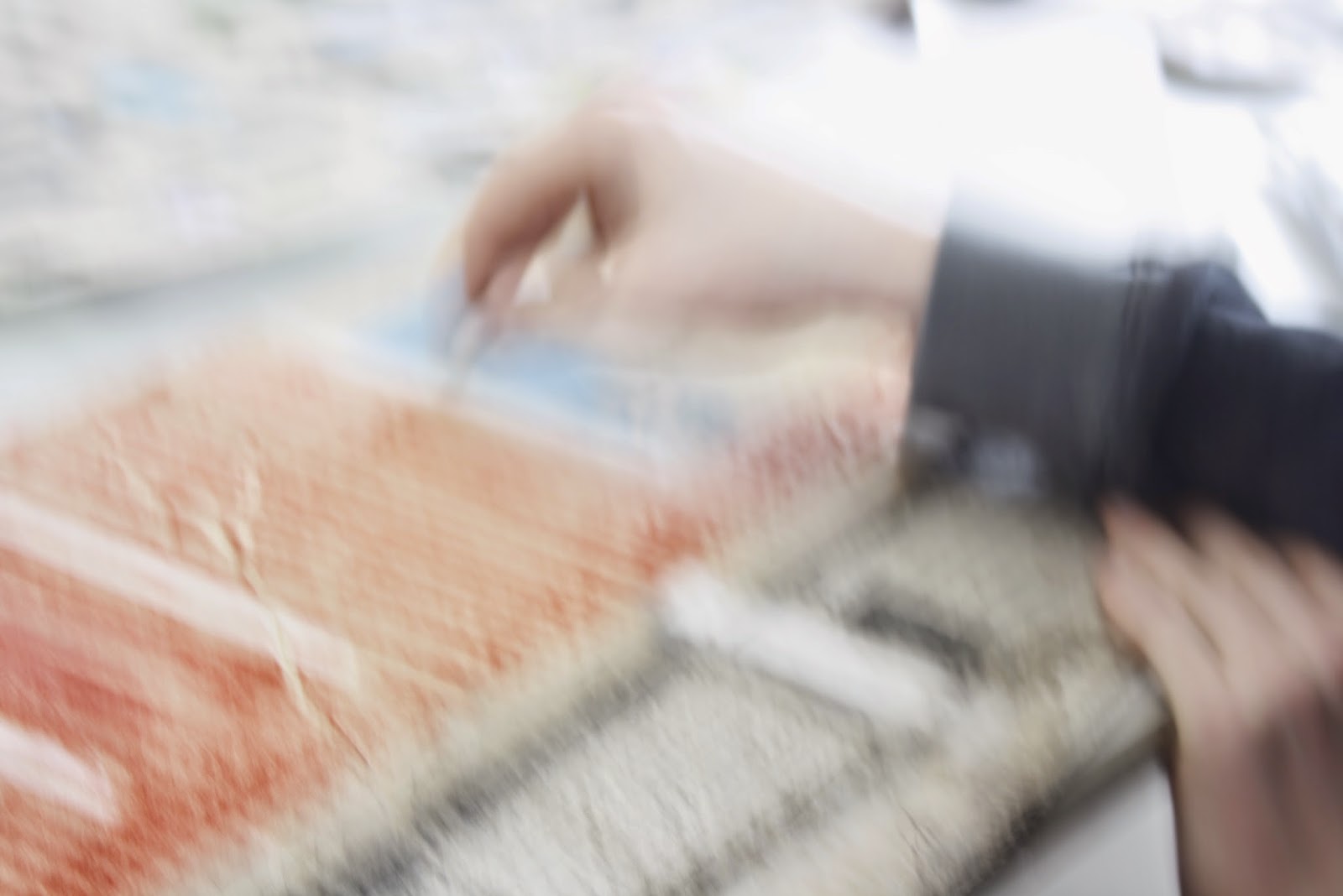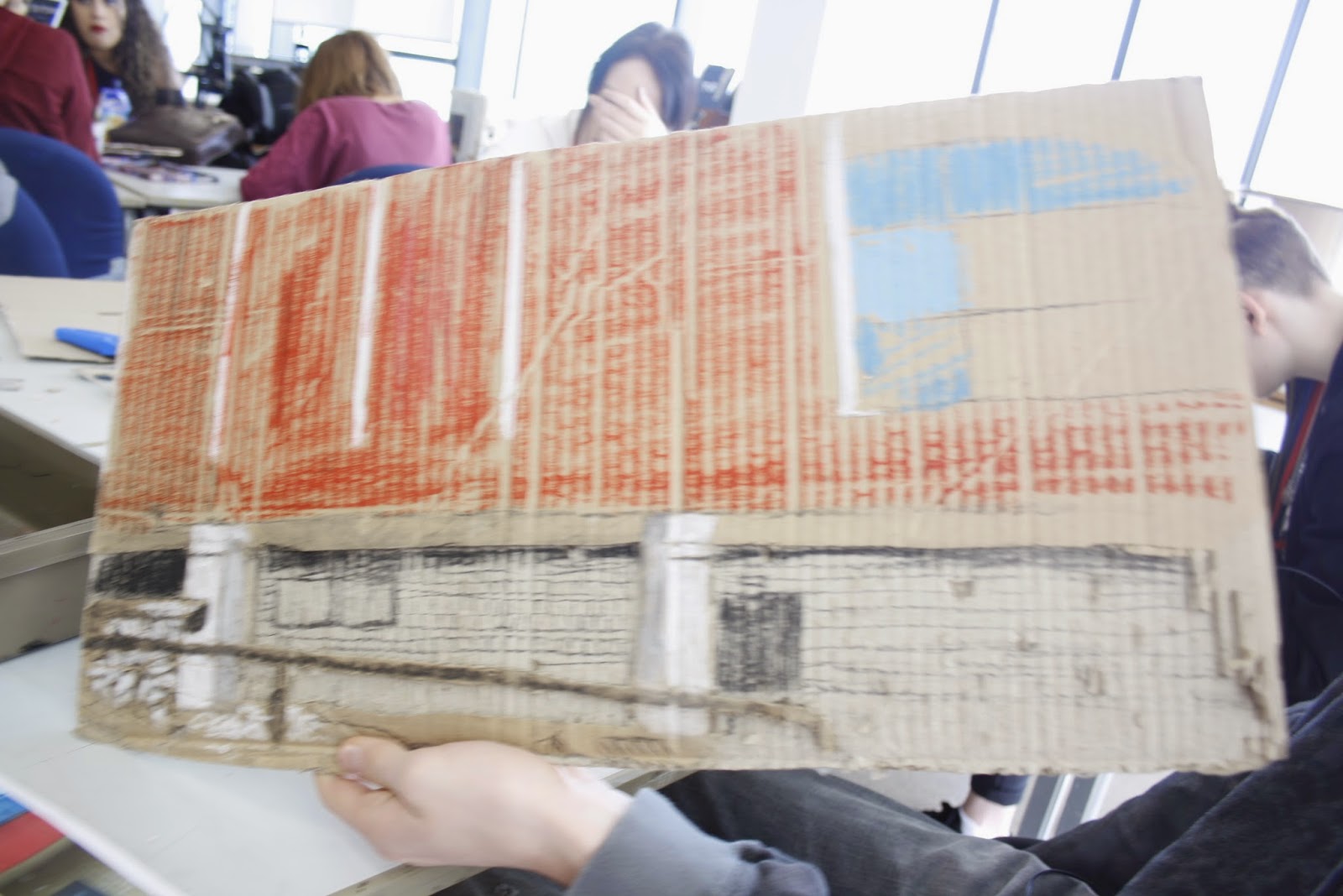The era I have chosen for the vintage project is the 1950s. I
have chosen this era because it wasn’t popular among other people in the class
and there are many events that took place that interest me in the decade, such
as the cold war and the atomic age that had started. I wanted to explore more
about the films and comics industries from the 1950s and the red scare.
I researched both images and info for every page I did,
including dates, context, etc. Towards
the end of my sketchbook I started to focus on more obscure subjects such as
horror comics, movies, artists and popular technology of the time. These I felt
I could explore with more enthusiasm so left them until the end to help me anticipate
finishing the sketchbook.
The main cultural references in my era are focused on the
rock and roll era and the fashion and hairstyles that were present in the
decade. I have also focused on the then fully active cold war between the US
and Russia and the repercussions of their conflicts.
Artists I studied in my sketchbook are Jackson Pollock, Mark
Rothko and Willem De Kooning. The main art movement in the era was Abstract Expressionism
and cubism. I think that the age of impressionism had become very old in its
style and relevance in the 1950s and with cubism, abstract and other forms of
expressionism becoming popular, artists had started to paint much more simply.
I have used a wide variety of media in my sketchbook including
brush pens, pencil, acrylic paint, oil pastels, coloured pencil, marker pen,
pro markers and water colour paints. I used brush pens to replicate a comic
book effect, the acrylic paint splattered on the page to replicate Jackson Pollock’s
style and pencil to achieve the best detail in studies of people or scenery for
examples.
The annotations’ positions could have been more creative in
how I added them alongside the drawings. I wrote them close to the images on
the pages.
In hindsight, I could have managed my time a lot better,
often having to rush because of taking too long on certain pages. To improve I could
have studied more relevant subjects, for example, maybe cut out the page on
toys, and definitely included more sketches on pages like movies and
hairstyles.
I am happy with the
final outcome of my sketchbook and despite the problems mentioned before, I am
proud of how some of the sketches have turned out and could be some of my best.












































































